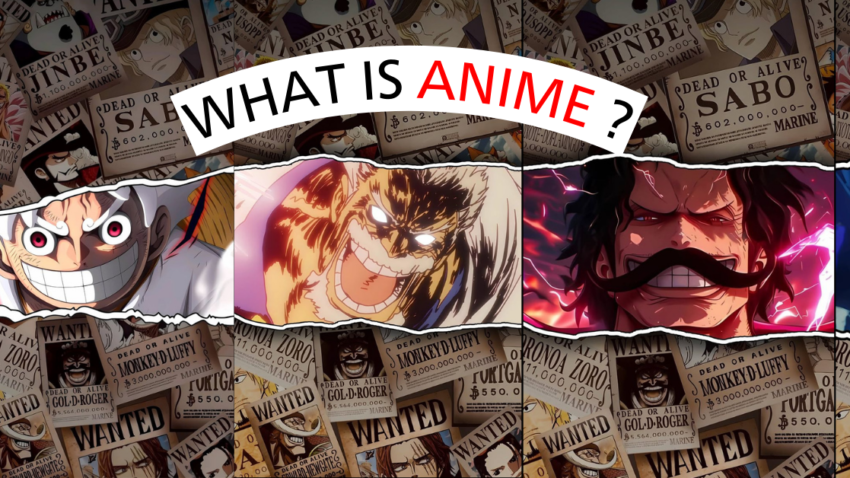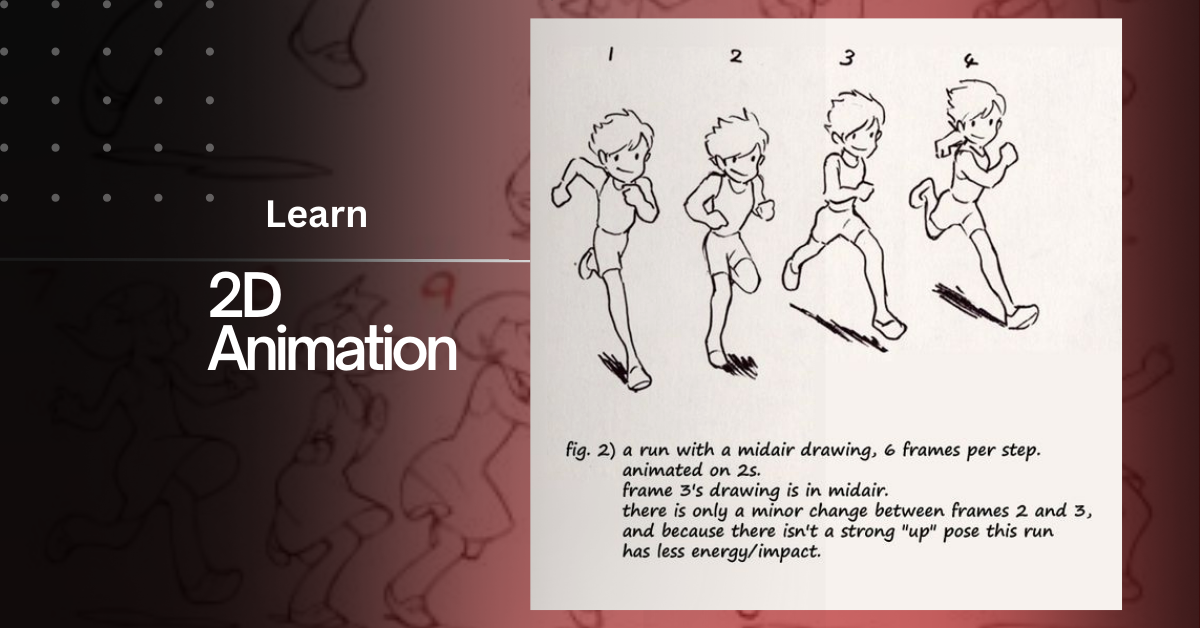
What is Anime Full Information?
What is Anime?
Anime refers to a style of animation that originated in Japan and has grown into a popular form of entertainment around the world. It is characterized by colorful artwork, vibrant characters, and fantastic stories that can appeal to all age groups. While this art includes animated TV shows, movies, and web series, it is unique for its depth in themes, artistic style, and diverse genres, making it different from Western animation.
Origins of Anime
The roots of anime can be traced back to the early 20th century in Japan. While Western animation was developing with the creation of Disney cartoons, Japan also started experimenting with animation, which led to the creation of its unique art form. Early Japanese animation was influenced by Western styles but gradually developed its own identity, shaped by Japanese culture and traditions.
The first recognizable form of this art appeared in the 1960s, with shows like “Astro Boy” (1963) by Osamu Tezuka, who is often referred to as the “Father of Manga and Anime.” This marked the beginning of the this art industry as we know it today.
What Makes Anime Different?
Anime is different from Western animation in several ways. One of the most notable distinctions is the art style. This art features unique, exaggerated facial expressions, large eyes, and detailed backgrounds. Characters often have elaborate hairstyles and distinctive designs that make them stand out.
Another key difference is the storytelling. While Western animation is often aimed at children with lighthearted plots, anime can target all age groups, from young children to adults. This art can explore deep themes like love, loss, identity, war, politics, and morality. It is known for blending genres, mixing action, romance, horror, fantasy, and more in the same series, making it adaptable to a wide variety of tastes.
Types of Anime
Anime comes in a range of types and genres. Some of the most common include:
1. Shonen
Shonen anime is targeted primarily at young boys, typically between the ages of 12 and 18. These series often focus on action, adventure, and the growth of the protagonist. Famous examples include “Naruto,” “Dragon Ball Z,” and “One Piece.” The stories often feature heroes overcoming challenges, building strong friendships, and battling powerful enemies.
2. Shojo
Shojo anime is aimed at young girls, typically between the ages of 10 and 18. These art usually focus on romance, relationships, and personal growth. The art style is often softer and more delicate, with an emphasis on emotions and character interactions. Popular examples include “Sailor Moon,” “Fruits Basket,” and “Cardcaptor Sakura.”
3. Seinen
Seinen anime is aimed at adult men, generally aged 18 and above. These shows are often more mature, with darker, more complex themes. They can explore topics like politics, philosophy, and human nature. The tone can be more serious, and the content might include violence or strong language. Examples include “Berserk,” “Ghost in the Shell,” and “Attack on Titan.”
4. Josei
Josei anime is aimed at adult women, typically aged 18 and above. These series often focus on more mature romantic relationships and the struggles of adulthood. The tone is often more realistic, dealing with themes like love, career, and family. Well-known josei art include “Nana,” “Paradise Kiss,” and “Honey and Clover.”
5. Kodomomuke
Kodomomuke anime is aimed at young children. These shows are lighthearted, fun, and educational, often featuring simple stories with positive messages. They are similar to Western cartoons aimed at preschoolers. Famous examples include “Doraemon,” “Anpanman,” and “Pokémon.”
6. Mecha
Mecha anime revolves around giant robots, often piloted by humans. These series can range from action-packed battles to deeper philosophical themes about humanity’s relationship with technology. Popular mecha art include “Mobile Suit Gundam,” “Neon Genesis Evangelion,” and “Code Geass.”
7. Isekai
Isekai, which means “another world,” is a genre where characters are transported to or reincarnated in a different world. These shows often feature fantasy elements, such as magic, battles, and mythical creatures. Examples of isekai anime include “Sword Art Online,” “Re:Zero,” and “That Time I Got Reincarnated as a Slime.”
8. Slice of Life
Slice of life this art focuses on the ordinary, everyday experiences of its characters. These shows often explore personal relationships, emotional growth, and the ups and downs of life. They are known for their calming atmosphere and relatable characters. Notable slice of life this art include “March Comes in Like a Lion,” “Your Lie in April,” and “Clannad.”
The Art of Anime
The distinctive art style is one of anime’s defining features. Characters in this art are typically drawn with exaggerated features, such as large eyes and detailed facial expressions, which help convey emotions more vividly. The animation is often fluid, with detailed backgrounds and environments that immerse the viewer in the world of the show.
The art direction varies significantly from one this art to another. For example, “Studio Ghibli” films, like “Spirited Away” and “My Neighbor Totoro,” have a unique art style that is detailed, soft, and magical. In contrast, anime like “Attack on Titan” may have a more dark and gritty design to match the serious themes of the story.
The Role of Manga
Manga, the Japanese comic book or graphic novel, plays a crucial role in anime. Many anime are adaptations of manga series. Manga serves as the source material for most anime shows and movies. Some of the most popular anime, such as “Naruto” or “One Piece,” were originally manga series before being adapted into animated form.
Manga artists often create detailed and intricate stories, which makes them a great fit for adaptation into anime. Because manga is such a popular medium in Japan, it has helped fuel the anime industry.
Anime Fandom
The popularity of anime has led to a global fanbase. Fans of this art come from various backgrounds and cultures, drawn together by their love of the medium. This art conventions, cosplay events, and online communities dedicated to anime allow fans to interact, share their opinions, and celebrate the art form.
Social media platforms like Instagram, Twitter, and YouTube have also contributed to the growth of this art fandoms. Fans often create fan art, videos, and discussions surrounding their favorite anime series.
Conclusion
In summary, anime is an animated art form from Japan that encompasses a wide range of genres, from action-packed adventures to emotional dramas and everything in between. It is known for its distinct art style, engaging storytelling, and deep, complex themes. Whether you are a fan of lighthearted stories or deep, thought-provoking narratives, there is likely an this art out there that fits your tastes. This art has a rich history and continues to influence the global entertainment landscape, attracting fans and creators worldwide. Whether you’re a new viewer or a longtime fan, this art remains an exciting and evolving medium that offers something for everyone.













Leave a Reply